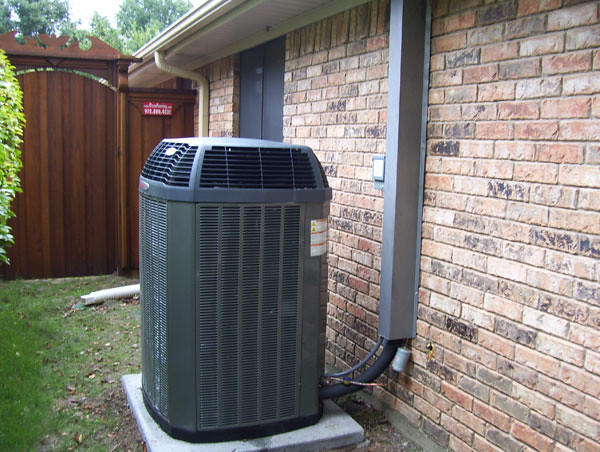Trane air conditioners are renowned for their exceptional durability and longevity, with an average lifespan ranging from 15 to 20 years. However, this lifespan can be significantly impacted by various factors, including regular maintenance, usage patterns, environmental conditions, and installation quality. To ensure your Trane AC unit reaches its full potential, it’s essential to understand the intricacies of its performance and maintenance requirements.
Understanding the Factors that Influence Trane AC Lifespan
1. Regular Maintenance
Proper and consistent maintenance is the key to extending the lifespan of your Trane air conditioner. This includes:
-
Annual Tune-ups by Professional Technicians: Schedule annual maintenance checks with certified HVAC technicians to ensure your unit is operating at peak efficiency. They will perform a comprehensive inspection, clean the system, and make any necessary adjustments or repairs.
-
Changing Air Filters: Replace the air filters in your Trane AC unit every 1-3 months, depending on usage and environmental conditions. Clogged filters can restrict airflow, leading to decreased efficiency and potential damage to the compressor.
-
Cleaning Evaporator and Condenser Coils: Regularly clean the evaporator and condenser coils to prevent the buildup of dirt, dust, and debris, which can impede heat transfer and reduce the unit’s cooling capacity.
-
Checking Refrigerant Levels: Monitor the refrigerant levels in your Trane AC unit and refill as needed. Improper refrigerant levels can cause the compressor to work harder, leading to premature wear and tear.
-
Lubricating Moving Parts: Ensure that all moving parts, such as the fan motor and blower, are properly lubricated to minimize friction and extend their lifespan.
2. Usage Patterns
The frequency and intensity of use can also impact the lifespan of your Trane air conditioner. Units that are subjected to heavy, continuous use or operate in extreme environmental conditions (e.g., high temperatures, humidity, or dust) may experience accelerated wear and tear compared to those used more moderately.
3. Environmental Conditions
The climate and environmental factors in your local area can significantly influence the lifespan of your Trane AC unit. Regions with harsh winters, hot summers, high humidity, or excessive dust and debris may put additional strain on the system, leading to faster degradation of components.
4. Installation Quality
Proper installation is crucial for the long-term performance and lifespan of your Trane air conditioner. Improper sizing, ductwork issues, or installation errors can lead to inefficient operation, increased stress on the system, and a shorter overall lifespan.
Recognizing Signs of Wear and Tear
 Image source: Flickr by Jackie Bese
Image source: Flickr by Jackie Bese
As your Trane AC unit approaches the end of its lifespan, you may start to notice certain signs of wear and tear, such as:
-
Gradual Decline in Cooling Performance: If your Trane AC unit is no longer able to maintain the desired temperature or struggles to cool your home effectively, it may be a sign that the system is nearing the end of its lifespan.
-
Reduced Energy Efficiency: Older Trane AC units may become less energy-efficient, leading to higher energy bills and increased operating costs.
-
Frequent Breakdowns and Repairs: As the unit ages, you may experience more frequent breakdowns or the need for extensive repairs, which can be a clear indication that it’s time to consider replacement.
-
Increased Noise Levels: Unusual noises, such as grinding, squeaking, or rattling, may indicate that the unit’s internal components are wearing down and in need of attention.
Extending the Lifespan of Your Trane AC Unit
To maximize the lifespan of your Trane air conditioner, consider the following strategies:
-
Invest in Regular Maintenance: Adhere to the manufacturer’s recommended maintenance schedule and work with a certified HVAC technician to ensure your Trane AC unit is operating at peak efficiency.
-
Upgrade to a Smart Thermostat: Installing a smart thermostat can provide precise temperature control, improve energy efficiency, and reduce the strain on your Trane AC unit.
-
Consider Timely Replacements: When your Trane AC unit reaches or exceeds its average lifespan, evaluate the cost-effectiveness of continued repairs versus upgrading to a newer, more energy-efficient model.
By understanding the factors that influence the lifespan of Trane air conditioners and implementing proactive maintenance strategies, you can ensure your unit provides reliable cooling for years to come.
